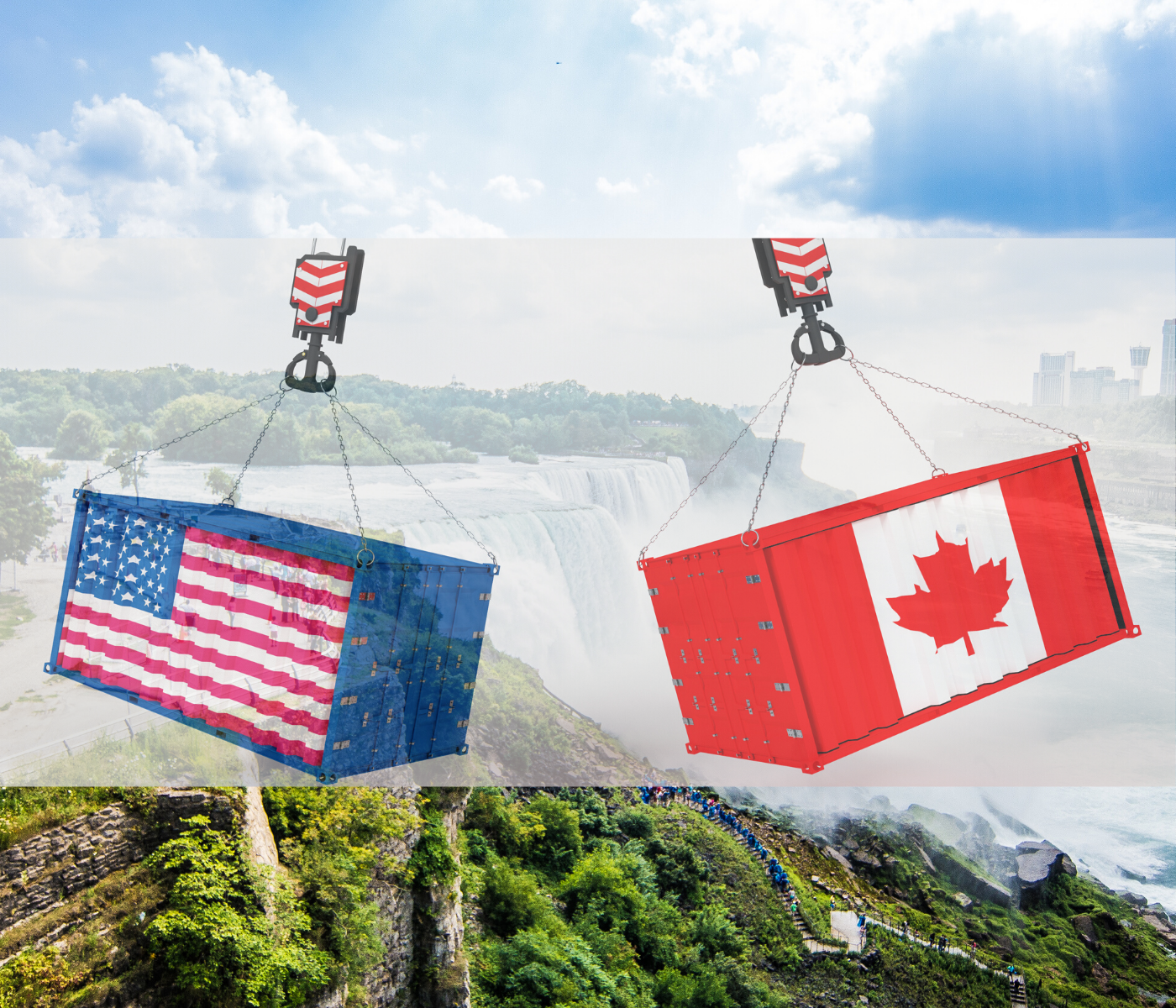Limited Liability Company (LLC) is a unique entity structure available in United States of America.

In
United States, a LLC is considered as a fiscally transparent entity and
taxed as either a sole proprietorship or partnership unless it checks
the box to be taxed as a Corporation.
Sometimes,
as the business expands you might want your LLC to cross the border to
do business in Canada. Two important questions asked by a lot of LLC
owners while deciding on doing business in Canada are:
- How to register US LLC in Canada?
- What are the income tax requirements for US LLCs engaged in Business in Canada?
A detailed post on the above two questions can be find at below link.
Register your US LLC with the Province in Canada
You
must register your US LLC with a province in Canada. Different
provinces have their own rules regarding the business names
registration. For example, in Ontario you can do so by submitting form 6
for Extra provincial Limited Liability Company along with govt fee.
Alberta and British Columbia have their own rules. You should consult a
business lawyer or a professional corporate services provider.
Income Taxes for US LLC in Canada
Income
taxes for US LLCs engaged in business in Canada have different tax
treatments based on how are they treated in United States. Regardless if
you are a fiscally transparent entity or a corporation in US, your LLC
will be treated as a Corporation in Canada.
- Tax treatment of US LLC as disregarded entity in Canada: US LLC will file T2 in Canada along with Schedule 97 and NR303. More details can be found here.
- Tax Treatment of US LLC who has checked the box: If a US LLC is treated as corporation in the US, it must get documentation from IRS and submit it to CRA. It needs to file T2 along with schedule 20 in Canada.
Taxation of US Limited Liability Companies in Canada is a complex topic which requires a professional advice from a corporate tax accountant in Canada who specializes in US and Canadian income taxes.
